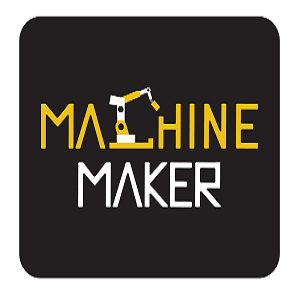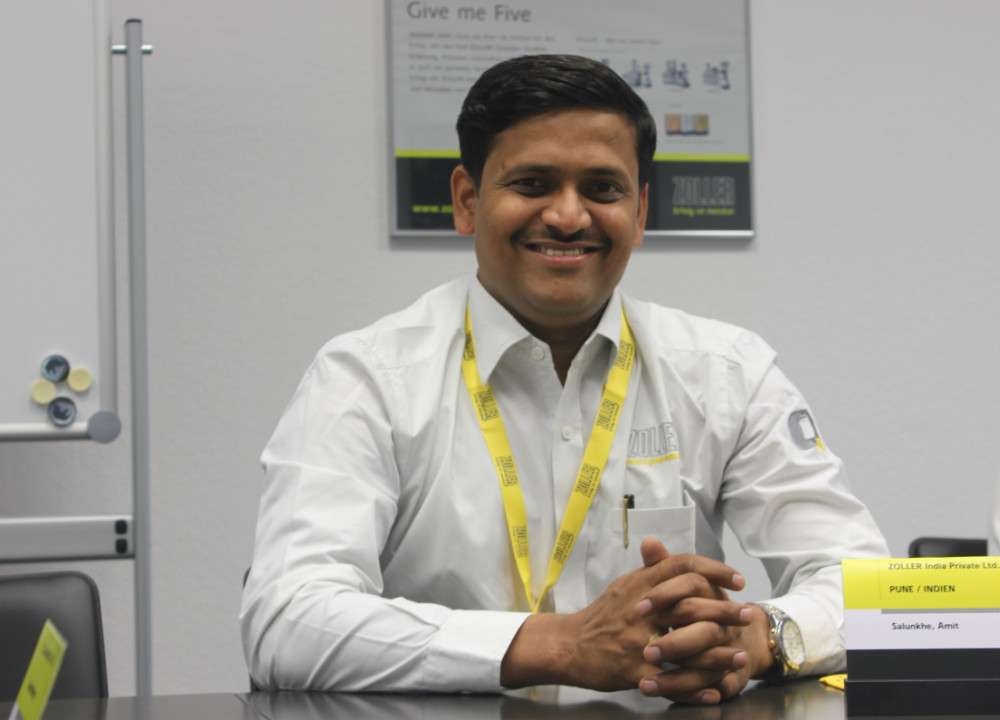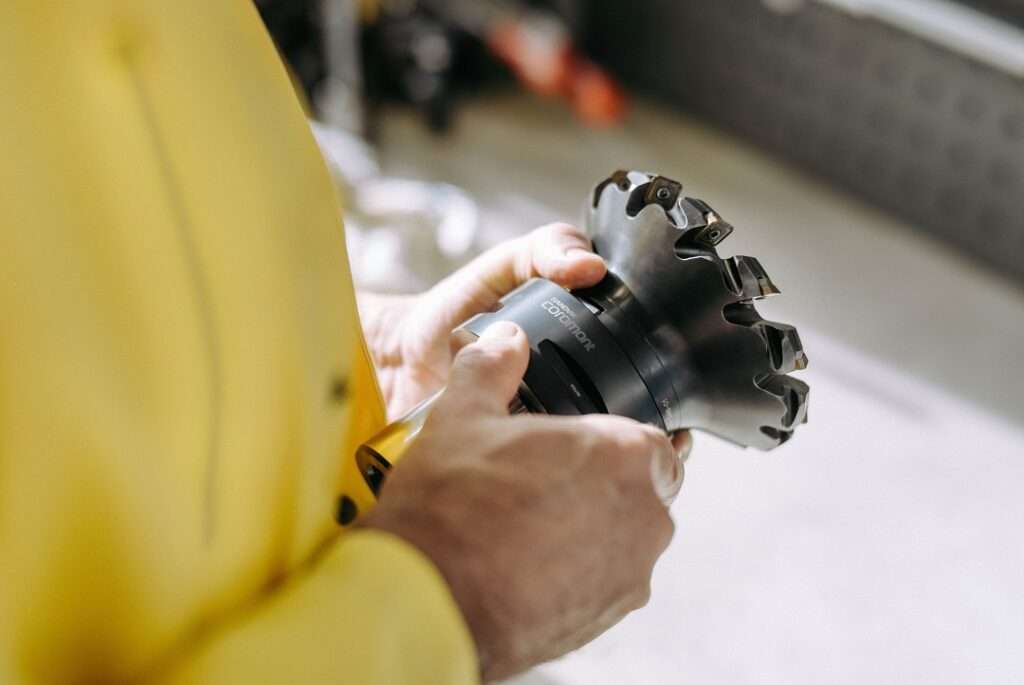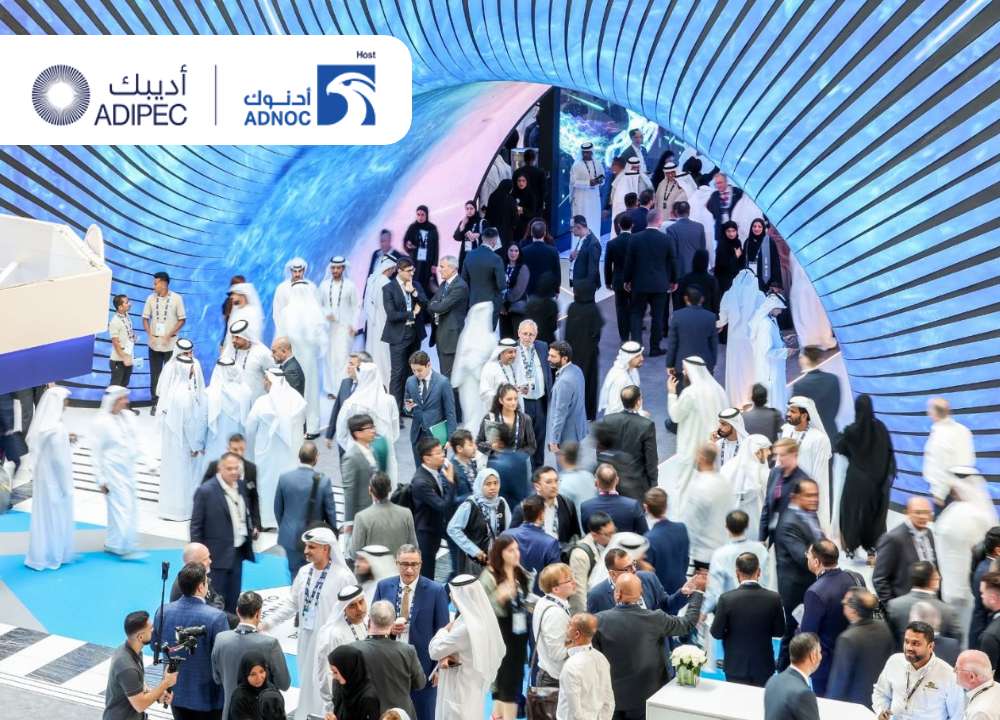All three types of lithium-ion batteries now used in electric vehicles – cylindrical, prismatic, and pouch-type – are fundamentally the same in terms of how they work.
General Motors Co has widened the recall of its Chevrolet Bolt electric vehicles due to a fire risk posed by pouch-type lithium-ion battery cells manufactured by LG in South Korea.
The recall, the second big one involving batteries manufactured by LG Chem's battery unit LG Energy Solution, highlights the difficulties that battery companies have in producing a dependable product to power electric vehicles.
WHAT IS THE FUNCTION OF A LITHIUM-ION BATTERY?
Electrodes, electrolyte, and separator are the three main components of cells, which come in a variety of shapes and sizes.
Lithium is held in electrodes. Between the electrodes, the electrolyte transports the lithium ions. The separator prevents the positive and negative electrodes from colliding.
When lithium ions travel from the negative electrode, or anode, to the positive electrode, or cathode, energy is discharged from the battery cell in the form of electricity. When the cell is charging, those ions travel from the cathode to the anode in the reverse way.
WHY ARE LITHIUM-ION BATTERIES A FIRE RISK?
Lithium-ion batteries, whether in automobiles or electronic devices, can catch fire if they have been badly made or damaged, or if the software that controls the battery has been poorly designed.
The use of organic liquid electrolytes, which are volatile and flammable when running at high temperatures, is a key flaw in lithium-ion batteries used in electric vehicles. Chemical leaking can also be caused by external forces like a crash.

“It’s always been difficult to establish the exact root cause of an EV fire since it’s exceedingly tough to’re-enact’ the fire occurrence under the identical conditions,” said Kim Pil-soo, a Daelim University automotive engineering professor.
WHAT CAUSED THE FIRE ON THE BOLTS AND KONAS?
South Korea’s transport ministry announced in February that some faults had been discovered in some battery cells manufactured at the LG Energy Solution China factory and used in Hyundai Motor’s electric vehicles, notably the Kona EV. The recall on Hyundai cost around 1 trillion won ($854 million).
According to GM, the LG batteries used in the Bolt EV and Bolt EUV may have two manufacturing flaws — a ripped anode tab and a folded separator – present in the same battery cell, increasing the danger of fire.
ARE POUCH-TYPE BATTERIES MORE SUSPICIOUS?
Although all three varieties of lithium-ion batteries now used in electric automobiles – cylindrical, prismatic, and pouch-type – perform similarly, each has advantages and disadvantages.
Hard materials are used to encase cylindrical and prismatic batteries. Pouch-types are protected by thin metal bags and use sealed flexible foils.
The technology utilised in cylindrical batteries is outdated, but it consistently produces reliable results. These cells are resistant to deformation under high internal pressure. They’re also less expensive, which makes them perfect for mass production. However, they are heavier, and the structure of the cells prevents them from being packed as densely as other battery types. The cylindrical batteries used by Tesla Inc are largely provided by LG Electric Solutions.
Prismatic batteries are safer and lighter than cylindrical cells, and they may be packed more tightly because they are rectangular. They are more space-efficient than cylindrical cells, but they are more expensive and have a shorter life cycle. They can swell as well.
Pouches-type battery cells, as opposed to cylindrical and prismatic cells, enable for lighter and thinner cell production as well as design flexibility for variable capacities and space needs for various vehicle models. They are, however, prone to swelling and are more vulnerable in collisions, increasing the risk of fire.
LG Energy Solution pouch battery cells are used by GM and Hyundai Motor (formerly LG Chem). VW announced earlier this year that it would switch to prismatic technology from pouch-style cells made by LG and SK Innovation Co Ltd.
ARE THERE ANY OTHER OPTIONS?
Companies like China’s BYD Co make electric vehicle battery cells with lithium iron phosphate cathodes, which are less prone to catching fire but can’t store as much energy as ordinary nickel cobalt manganese cathodes.
Others, like as GM, are experimenting with new chemistries, including as nickel-cobalt-manganese-aluminum (NCMA) technology, which uses less cobalt and hence makes the cells more stable and less expensive.
Last month, CATL, a Chinese battery manufacturer, announced a sodium-ion battery that is free of lithium, cobalt, and nickel.
A number of companies, including Toyota Motor Corp, are working on solid-state electrolytes for battery cells, which could reduce overheating and fire concerns but require three to five years to commercialise.







